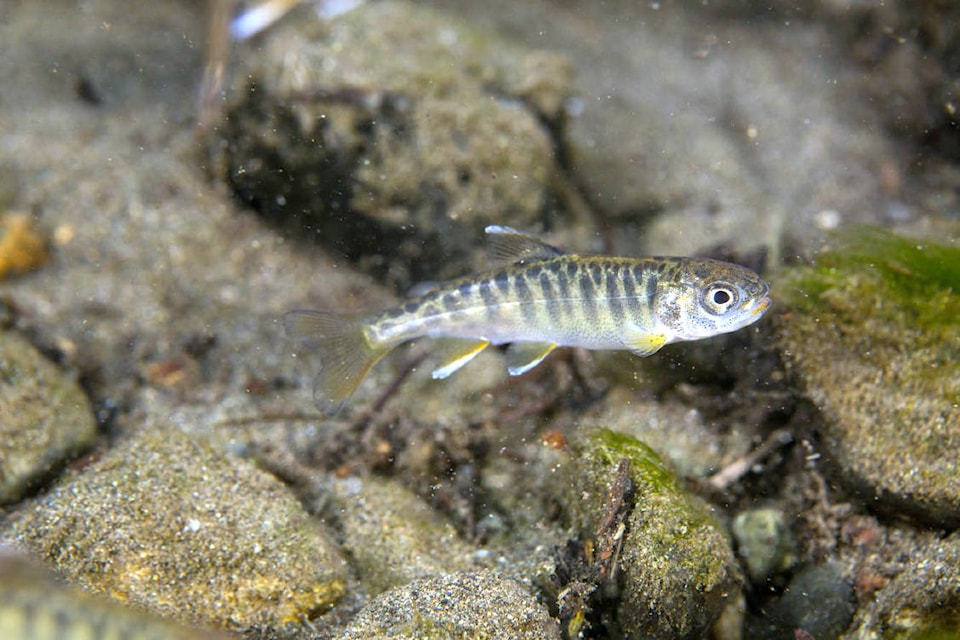Spawning chinook salmon in the Shuswap River Watershed need cooler waters for their populations to grow.
On June 8 a shoreline revegetation project, which aims to prevent water temperatures from rising at strategic locations in the Shuswap, was announced.
According to Watershed Watch, a science-based charity working to defend and rebuild B.C.’s wild salmon, temperatures above 25 C will kill salmon. Temperatures above 18 C alter the behaviour of adult salmon, making it harder for them to swim, escape predators and dig their nests. Warm waters also impair salmons’ immune systems, making it harder for them to survive the effects of viruses and other pathogens.
Angus Glass, communications coordinator for the Fish & Wildlife Compensation Program (FWCP), said the revegetation project will be led by the Okanagan Nation Alliance (ONA), which has been working on conserving and reintroducing salmon throughout the Okanagan for years.
Glass said the FWCP’s goal is to conserve and enhance fish and wildlife in watersheds impacted by BC Hydro dams.
According to ONA’s website, construction of dams, urban encroachment, industrial agriculture and ineffective water management practices have all contributed to depletion and extinction of fish stocks within the Okanagan River basin.
Glass said that Bessette Creek, which is near Shuswap Falls east of Lumby, experiences high water temperatures in the late summer and early fall, which is when the spawning migration of chinook salmon occurs.
The new project will zero in on key areas where revegetation can mitigate rising water temperatures at Bessette Creek, then focus on site-specific planning, and engaging landowners in the area, said Glass.
The project is one of 31 fish and wildlife projects sharing $2.4 million in funding approved by the FWCP’s Coastal Region board for 2021–2022.
Read more: Volunteers frustrated with Sicamous thrift shop being used as a dump
Read more: Upcoming documentary celebrates Shuswap music scene, past and present
@roman_reports
zachary.roman@saobserver.net
Like us on Facebook and follow us on Twitter.
